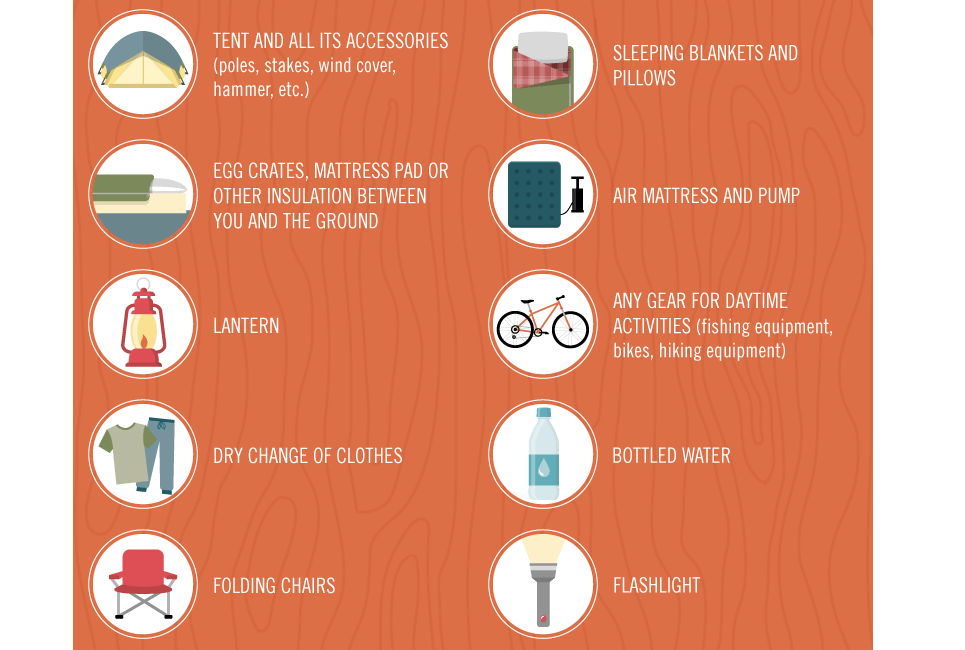Wintertime camping is an enjoyable and adventurous experience, yet it needs proper equipment to ensure you remain warm. You'll require a close-fitting base layer to trap your temperature, together with an insulating coat and a water-proof shell.
You'll likewise need snow stakes (or deadman anchors) hidden in the snow. These can be linked making use of Bob's clever knot or a normal taut-line drawback.
Pitch Your Outdoor tents
Wintertime outdoor camping can be a fun and adventurous experience. However, it is essential to have the proper gear and recognize just how to pitch your camping tent in snow. This will avoid cold injuries like frostbite and hypothermia. It is additionally vital to consume well and stay hydrated.
When setting up camp, make sure to select a website that is sheltered from the wind and free of avalanche danger. It is additionally a great idea to pack down the location around your camping tent, as this will help reduce sinking from temperature.
Before you set up your outdoor tents, dig pits with the very same size as each of the anchor factors (groundsheet rings and person lines) in the center of the tent. Load these pits with sand, rocks or even things sacks loaded with snow to small and secure the ground. You might likewise want to take into consideration a dead-man support, which includes tying outdoor tents lines to sticks of wood that are hidden in the snow.
Load Down the Area Around Your Outdoor tents
Although not a requirement in many areas, snow risks (also called deadman supports) are a superb enhancement to your outdoor tents pitching kit when camping in deep or compressed snow. They are basically sticks that are developed to be buried in the snow, where they will freeze and create a strong support factor. For best outcomes, utilize a clover drawback knot on the top of the stick and bury it in a few inches of snow or sand.
Establish Your Camping tent
If you're camping in snow, it is a good concept to utilize a tent designed for winter backpacking. 3-season outdoors tents function great if you are making camp below timber line and not anticipating specifically severe climate, yet 4-season camping tents have sturdier posts and fabrics and use more defense from wind and heavy snowfall.
Make sure to bring adequate insulation for your resting bag and a warm, completely dry inflatable floor covering to sleep on. Inflatable floor coverings are much warmer than foam and help stop cool areas in your outdoor tents. You can likewise include an additional floor covering for resting or cooking.
It's also an excellent concept to establish your camping tent near a natural wind block, such as a team of trees. This will make your camp more comfy. If you can not find a windbreak, you can develop your very own by digging openings and burying things, such as rocks, outdoor tents risks, or "dead man" supports (old tent person lines) with a shovel.
Restrain Your Tent
Snow stakes aren't necessary if you use the ideal methods to anchor your camping tent. Buried sticks (possibly collected on durability your strategy walking) and ski poles function well, as does some version of a "deadman" buried in the snow. (The concept is to produce a support that is so strong you won't have the ability to pull it up, despite having a lot of initiative.) Some makers make specialized dead-man anchors, however I prefer the simpleness of a taut-line hitch linked to a stick and after that hidden in the snow.
Understand the terrain around your camp, specifically if there is avalanche danger. A branch that falls on your outdoor tents could harm it or, at worst, harm you. Additionally watch out for pitching your tent on a slope, which can catch wind and cause collapse. A protected area with a low ridge or hill is much better than a high gully.
